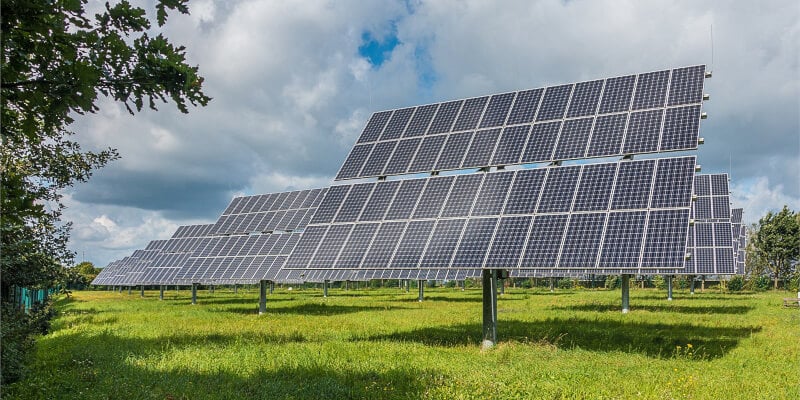Are you new to the world of solar energy? Whether you’re a homeowner looking to reduce your electricity bills or a business owner interested in going green, understanding the basics of solar energy is the first step towards harnessing its power. In this blog post, we’ll provide you with a step-by-step guide to solar energy for beginners.
Step 1: Understand How Solar Energy Works
- Solar energy is generated by converting sunlight into electricity using photovoltaic (PV) cells, which are typically found in solar panels. When sunlight hits the PV cells, it creates an electric field that generates direct current (DC) electricity. This electricity is then converted into alternating current (AC) electricity by an inverter, which can be used to power your home or business.
Step 2: Assess Your Solar Potential
- Before investing in a solar energy system, it’s important to assess your solar potential to determine if solar is right for you. Factors to consider include your location, roof orientation and tilt, shading from trees or buildings, and local weather patterns. Online solar calculators and tools can help you estimate your solar potential and determine the size and placement of your solar panels.
Step 3: Choose the Right Solar System
- There are several types of solar energy systems available, including grid-tied systems, off-grid systems, and hybrid systems. Grid-tied systems are connected to the utility grid and allow you to sell excess electricity back to the grid. Off-grid systems are not connected to the grid and require battery storage to store excess energy for use when the sun isn’t shining. Hybrid systems combine the benefits of grid-tied and off-grid systems.
Step 4: Find a Qualified Solar Installer
- Once you’ve determined the type and size of solar system you need, it’s time to find a qualified solar installer to install your system. Look for installers who are licensed, insured, and experienced in solar installations. You can also ask for recommendations from friends, family, or neighbors who have installed solar panels.
Step 5: Install Your Solar System
- The installation process typically involves several steps, including site assessment, design, permitting, installation, and inspection. Your solar installer will handle all aspects of the installation process, ensuring that your system is installed safely and correctly. Once installed, your solar system will generate clean, renewable energy for many years to come.
Step 6: Monitor Your Solar System
- After your solar system is installed, it’s important to monitor its performance regularly to ensure that it’s operating efficiently. Many solar inverters come with monitoring software that allows you to track your system’s energy production in real-time. You can also schedule regular maintenance checks with your solar installer to keep your system running smoothly.
By following these steps, you can embark on your solar energy journey with confidence and start enjoying the many benefits of clean, renewable energy. At Julian Batchley, we’re here to support you every step of the way and help you make the switch to solar.

